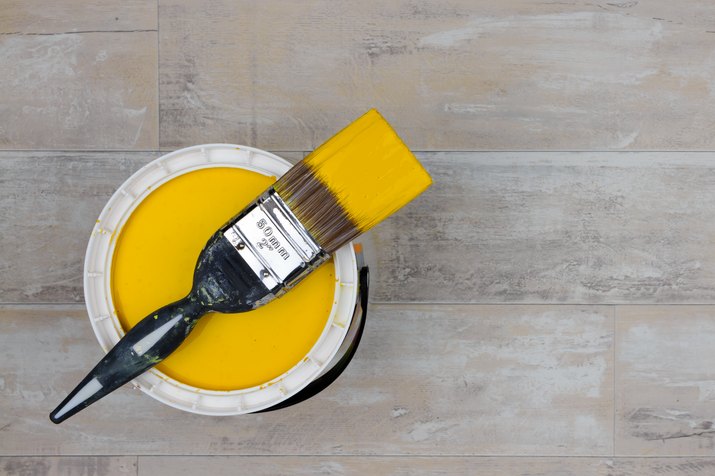
Overview
Nothing lights up a room like yellow. One of the three primary colors, it can work with nearly any other color in the rainbow. Yellow definitely demands attention. But that's no problem as long as you balance the intensity of the shade you choose with the amount you use. Sprinkle in a dash of bright yellow to create sparks or spread on a coat of buttery yellow to warm up a dark room.
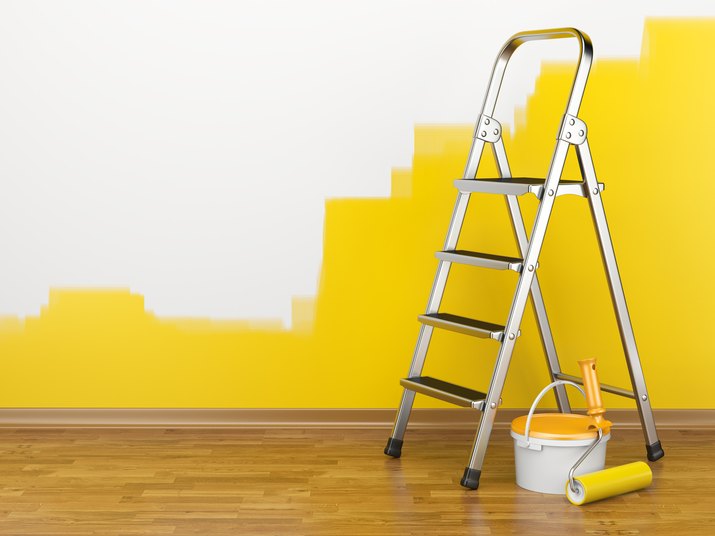
Go All the Way
Painting the walls and ceiling yellow is like pouring sunshine into a room. But be careful: like the sun, yellow can get too bright. It intensifies on walls and changes throughout the day more than most other colors. Find a tone you like, then go a few shades lighter. Paint a large sample on one or two walls and evaluate it at several different times of day before committing.
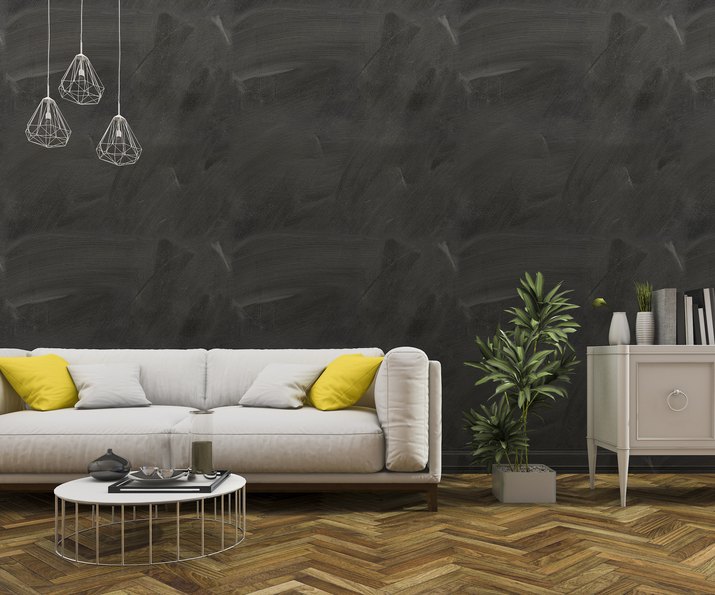
Count On Contrast
Yellow and white blend into one another and can look bland without some contrast. Wood in rich dark shades of chestnut or maroon -- think mahogany and antique cherry — punctuate two-tone color schemes and keep them from becoming monotonous.
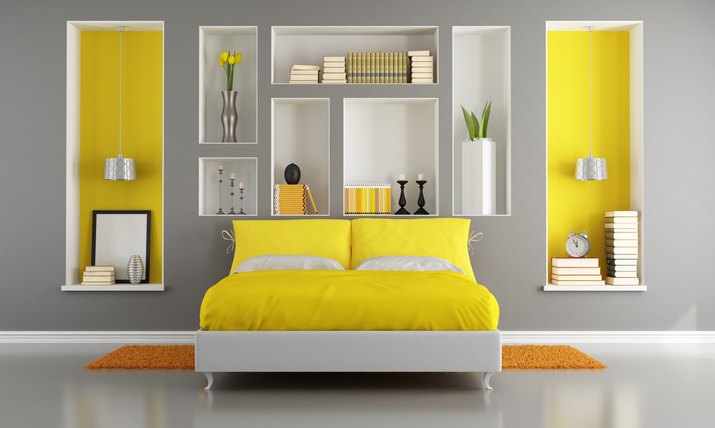
Mix It Up
Despite its energy, yellow can work in bedrooms. Muted shades have a calming effect, especially when combined with ivory and beige. When mixing shades of yellow, aim for least four or five. Using only two or three shades can look mismatched instead of eclectic.
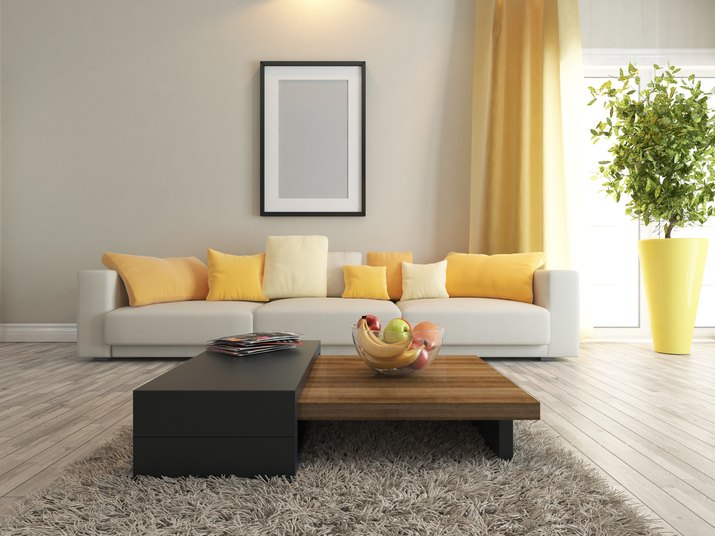
Hang Some Sunshine
Yellow window treatments fill a room with warmth, even on dreary days. Yellow is especially effective in north-facing rooms and other rooms that don't receive a lot of direct sunlight.
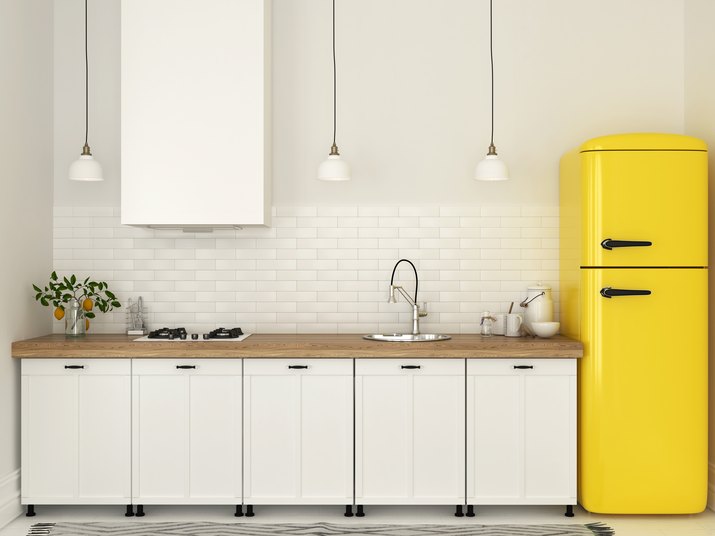
Use the Energy Wisely
High-voltage yellow stimulates the senses, so it may be best in small doses. A small chair here, a pillow there: the brighter the shade, the more spare you can go. And choose warm, yellow-based whites as companions. Brilliant white tends to read gray when combined with yellow.
Advertisement
Video of the Day